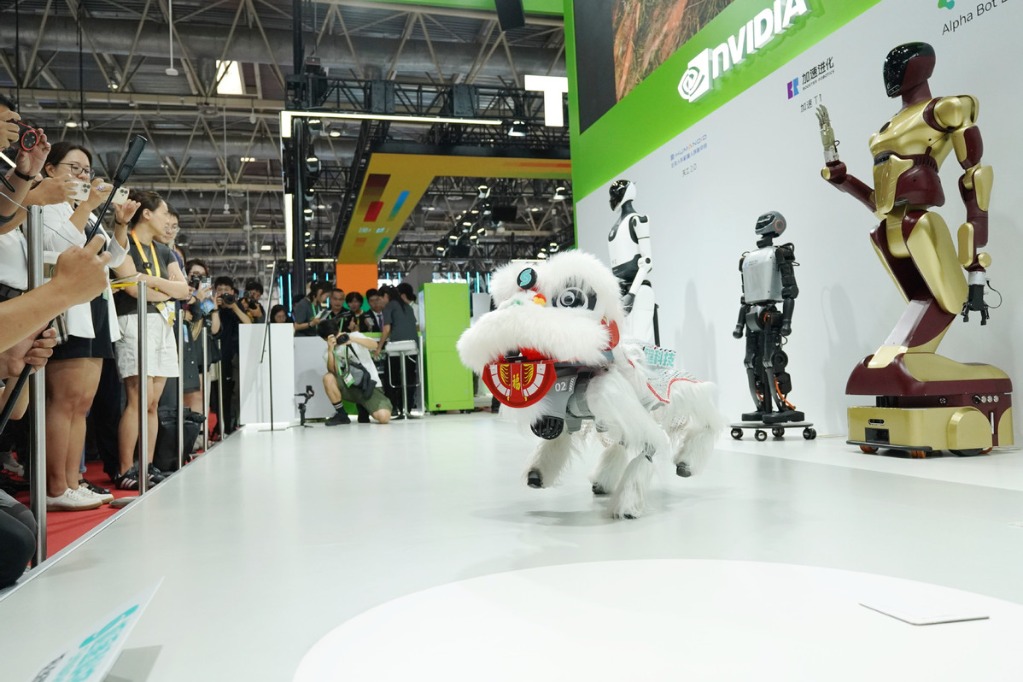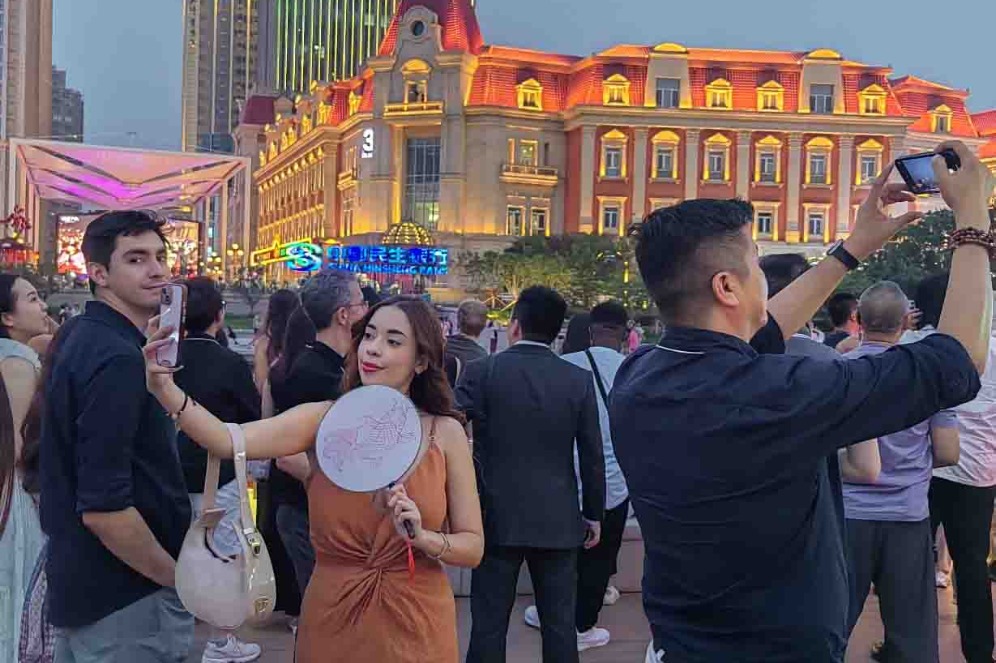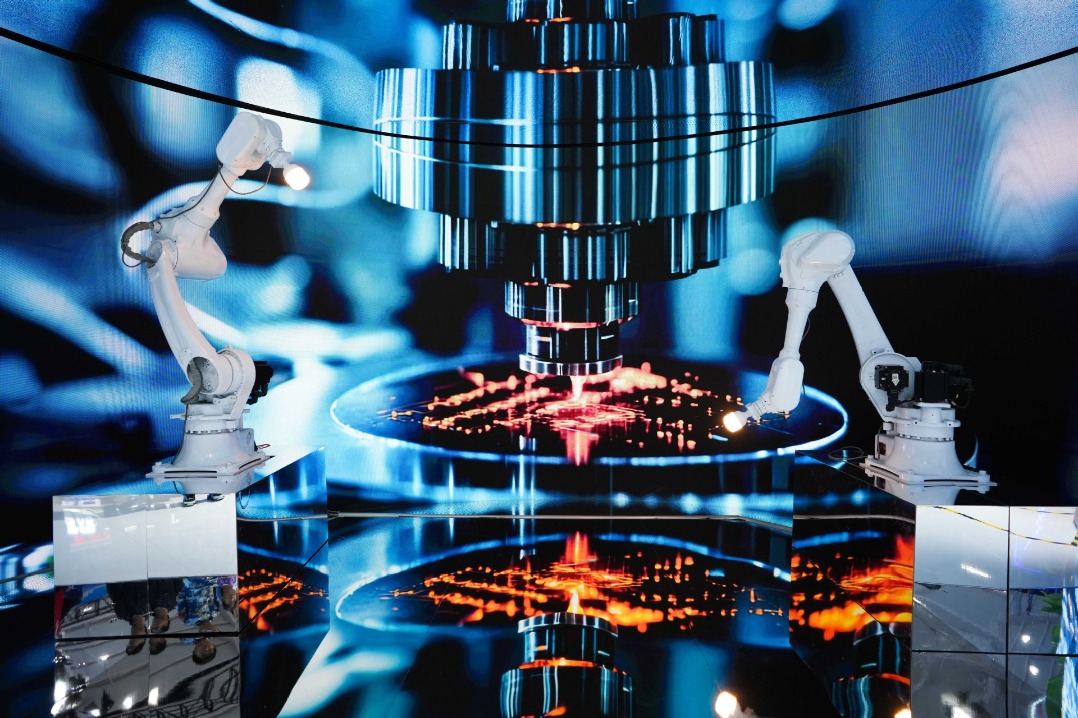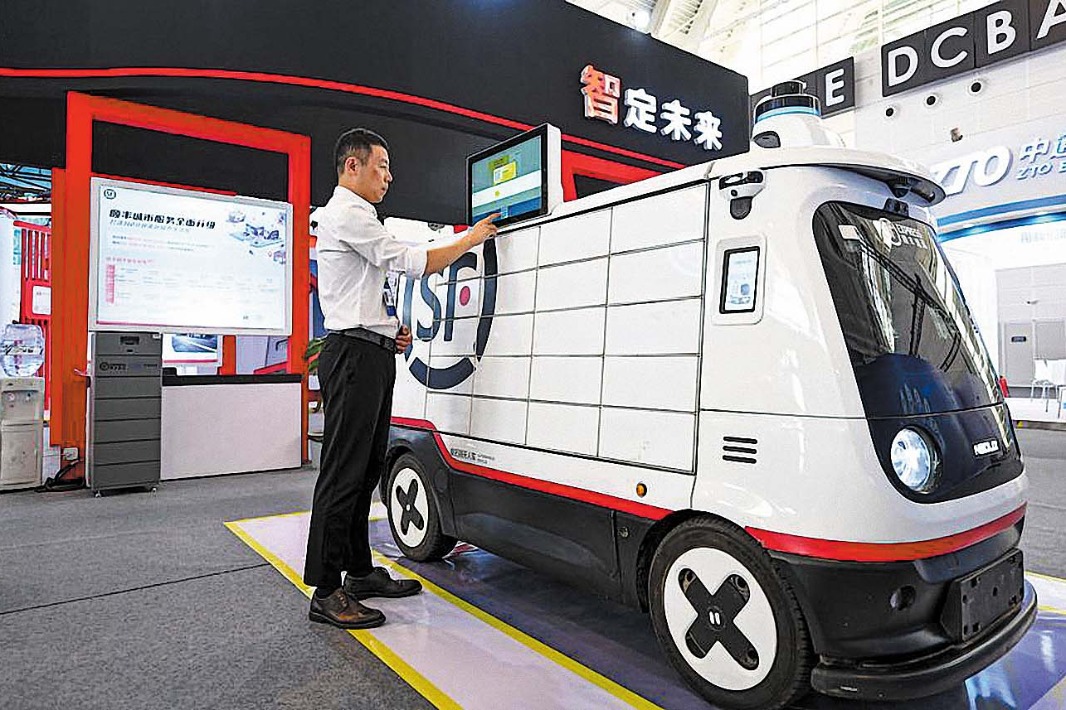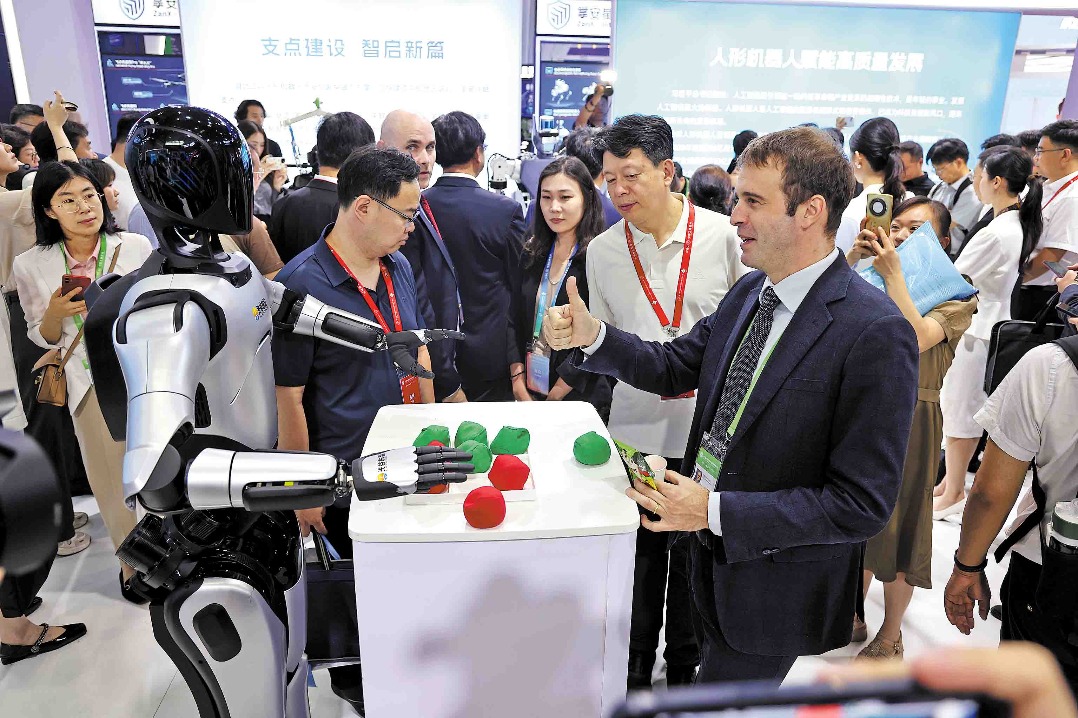Museums bank on IP-driven success

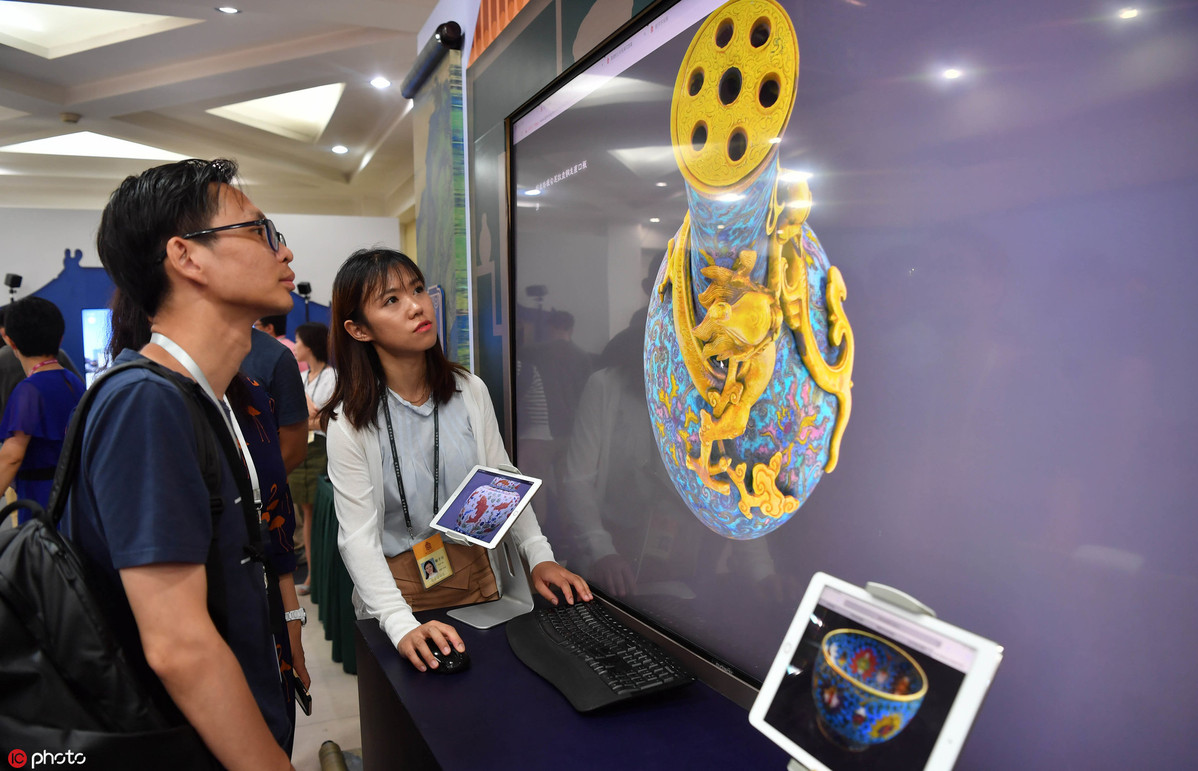
Cultural products industry betting on alliances to gain momentum
The cultural products industry is witnessing a renaissance of sorts and growing in popularity among Chinese consumers, but there are still problems yet to be solved such as building strong intellectual property, industry experts said.
"Creative products of museums have largely been a foreign concept and do not have a long history in China. Though many museums and galleries have been selling and developing products, they were more like souvenirs and not real cultural products," said Gao Yang, head of the art innovation center of the National Art Museum of China.
Gao believes that the cultural products business will see a fast growth in the near future due to the changing demands of consumers as average income levels grow in China.
"At first, many institutions were experimenting in the business with more failures than successes, because during that time, people's understanding of museums was shallow, and so also were their products," Gao said. "But that has changed as the quality of life has improved in general and people have higher aesthetic standards."
The National Museum of China, for instance, has worked with over 100 companies and developed about 400 collaboration products. In 2018, the museum generated revenue of over 10 million yuan ($1.41 million) from its IP licensing.
According to a report from online platform China Economic Net, the total market for museum IP licensing in China was in excess of 500 million yuan in 2018.
The Palace Museum in Beijing is one of the most widely known and successful producers of intellectual property for cultural and creative products in China, and many of its products, including decorated adhesive tape, lipstick gift boxes and coffee mugs in funny shapes, have become immensely popular with consumers.
Earlier this year, the museum teamed up with global food giant Mondelez to launch a special edition of its famous Oreo chocolate cookies. The cookies were based on a dessert that was popular with Qing Dynasty (1644-1911) Emperor Kangxi, with over 760,000 boxes sold on the first day of launch, according to media reports.
Wang Dan, head of the food division at e-commerce platform Tmall, said collaborations with well-known IP brands are increasingly becoming the way forward for global and several domestic snack brands.
The National Art Museum of China started to sell its products through online platforms from earlier this month and has launched products inspired by famous Chinese painter Qi Baishi (1864-1957). The demand for the first set of products has been encouraging, judging by the early responses.
Apart from the consumer demand, Gao's optimism lies in the strong governmental support for the sector.
In 2016, the State Council released a document to encourage museums, galleries and libraries to develop creative products, urging them to open up and share resources, cooperate with the private sector and encourage the private sector to participate in the development and research.
A spokesman of the exhibition department of the National Library of China said although the institution has a history of making library goods since 1998, it only started to seriously develop cultural products after the document was released in 2016.
"In 2017, 154 institutions were roped in to pilot the business, including 37 libraries, and that was when the National Library of China started to consolidate its resources to develop its own cultural products," the spokesman said.
"We are now at a very beginning stage of the experiment, but it is a growing industry with tremendous potential," he said.
According to a recent report from Tsinghua University and Tmall, the sales of museum goods nearly tripled in the first half of 2019 than the same period last year.
Jia Luo, general manager of the operation center of Tmall, said collaborations between private companies and museums are expected to soar this year.
"The online market of such businesses will keep doubling every year," Jia said.
According to Tmall, over the next three years, the platform will introduce more than 10,000 brands and work with museums from all over the world. So far, several foreign museums, such as the Winter Palace in Russia and the Museum of Fine Arts in Boston, have expressed interest in joining hands with Tmall.
However, it has been really hard to duplicate the Palace Museum's success, and many companies have faced problems, especially their inability to create a strong IP and develop a wide range of products around it.
"When it comes to cultural products, it is always adhesive tape and notebooks. Why would I need so many tapes and notebooks?" said Tao Jing, chief designer of Taoli, a Beijing-based designer studio.
He Yizan, CEO of Alfilo Brands, a consumer company that holds licensing rights to several international arts, cultural, fashion and entertainment properties, said to begin with, cultural products were mainly stationery items, but now they include a wide range of categories.
Alfilo Brands is running online shops in China for leading global museums like the British Museum and the Metropolitan Museum of Art, and its products range from birthday cards, mugs, replica paintings to kitchenware.
"We have limited funding. Thus replica prints are the most affordable choice," said Zhong Xuan, product designer of National Library of China. She said developing other products usually involves modeling, which means huge costs.
"According to our research, the biggest target group are female customers aged between 25 to 35 years old, living in second-and third-tier cities. Storage products are often the best-selling products. But none of the museums is doing it, because it requires a large number of orders. At the current costs, our products won't have any advantages in the market."
In terms of IP building, for many museums, galleries and libraries having no nationally known IPs, the best way is to form alliances.
The spokesman from the National Library of China, said unlike museums, libraries mainly contain books, which are harder to represent as products than historical relics.
"The most valuable items in our library were ancient books, and they were mostly in traditional Chinese and hence not well-known by a general audience. Thus, it was hard (for an individual library) to form a strong IP that can make an impact," He said. "Therefore, we decided to form an ally to consolidate the resources and human resources of libraries in the country to develop an IP."
















